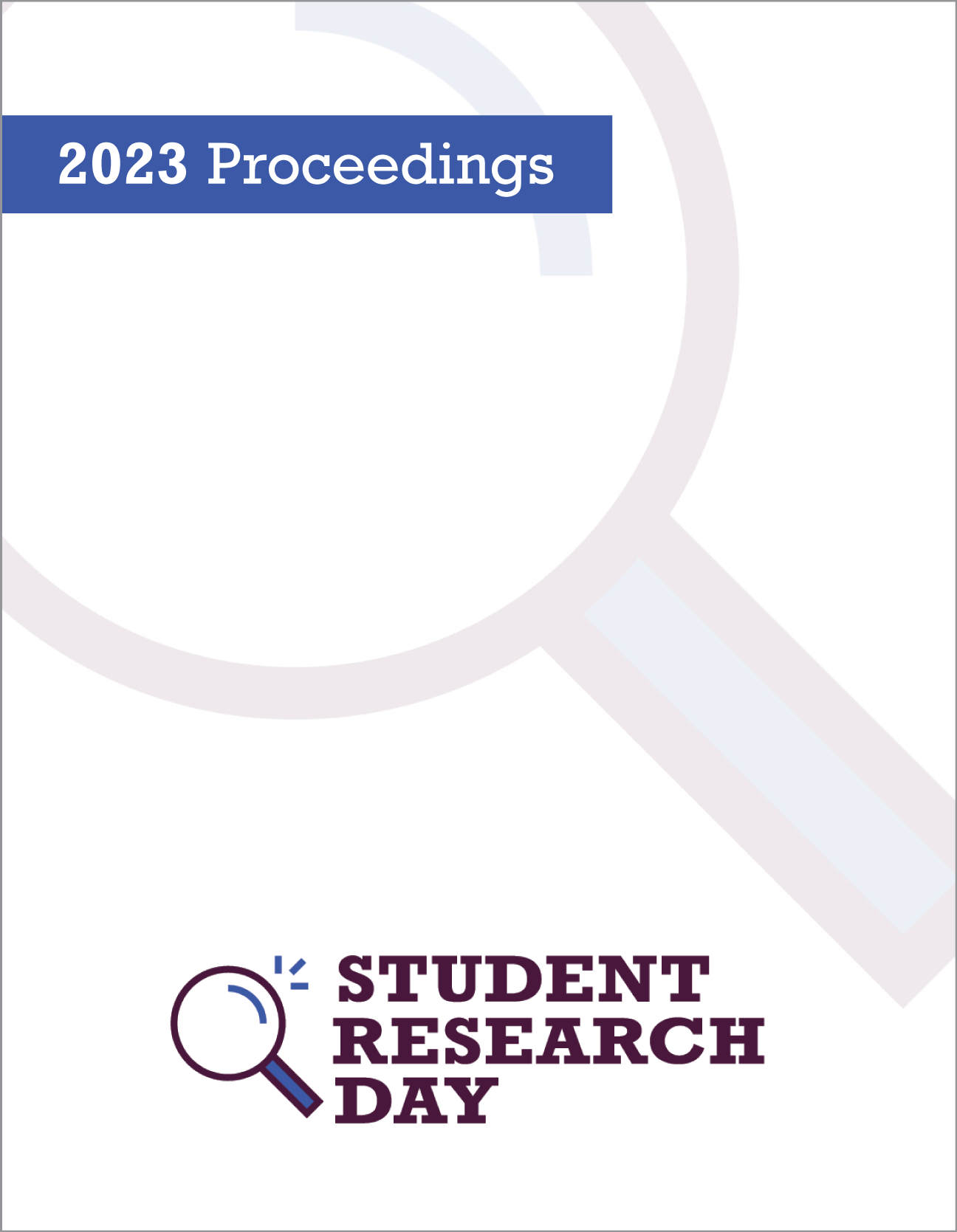Individual Differences in Inhibitory Control: The Associations Between the “Automatic Pilot,” Executive Function, and Executive Attention
Abstract
Previous research has demonstrated that the visuomotor system can rapidly correct ongoing movements following abrupt changes in a target's location. These “online corrections” can precede conscious awareness, and can occur even when participants are instructed not to correct. This “automatic pilot” is controlled by the dorsal visual stream, which plays a critical role in visually guided actions. These inadvertent corrections commonly occur during the Automatic Pilot Task – a procedure sensitive to errors in movement inhibition. Response inhibition is a component of executive function, which is governed, in part, by the right inferior frontal cortex, and a series of fronto-basal-ganglia networks. Response inhibition, however, is not a unitary construct, and has various facets. It is currently unclear whether the mechanisms that inhibit automatic movement corrections in the dorsal stream share common cognitive and neural substrates with other aspects of executive attention or executive function. Therefore, this study will investigate whether unintended corrections in the Automatic Pilot Task are related to other measures of executive attention, such as the Sustained Attention to Response Task (SART) and the Cognitive Failures Questionnaire (CFQ), as well as measures of executive function such as the Adult ADHD Self-Report Scale (ASRS), and the Behaviour Rating Inventory of Executive Function for Adults (BRIEF-A). If the mechanisms that inhibit the “automatic pilot” share common substrates with executive attention and executive control, then increases in unintended corrections in the Automatic Pilot Task should be associated with increased errors on the SART, and poorer scores on the ASRS, CFQ, and BRIEF-A.
Faculty Mentor: Dr. Christopher Striemer
Downloads
Published
Issue
Section
License
Authors retain any and all existing copyright to works contributed to these proceedings.



